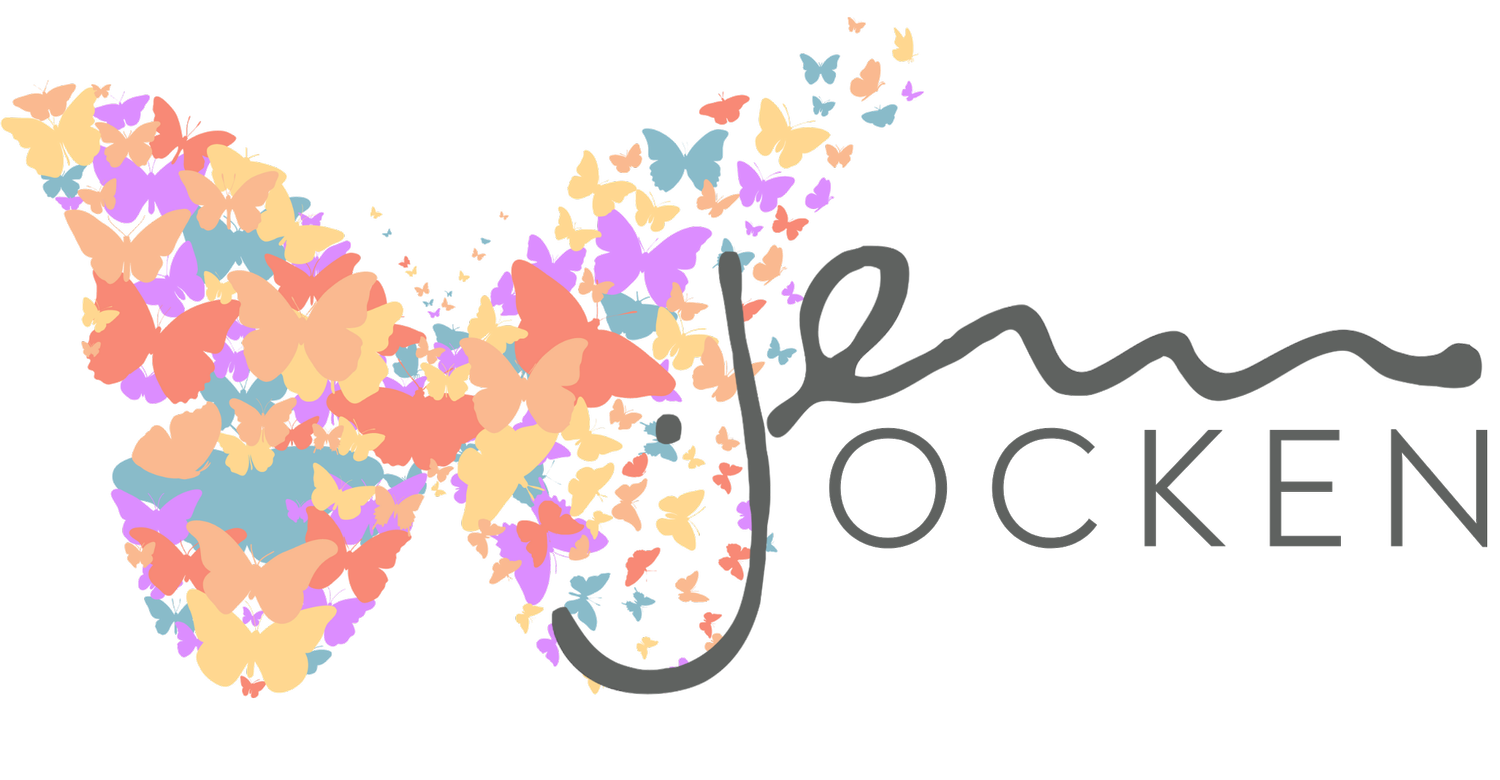What If the Goal Isn’t to Fix Yourself
Self-Affirming vs. Self-Accepting
You’ve probably said it. “I am worthy. I am enough. I can do this.”
Self-affirmations have their place.
They’re powerful tools when used with intention.
They can interrupt spirals, remind us of what’s true, or offer a needed counter to the inner critic.
But here’s something I’ve learned the hard way:
Self-affirming is not the same as self-accepting. And one without the other…
can feel like trying to outrun a shadow.
Affirming says: “I am strong.”
Acceptance says: “I feel weak today—and that doesn’t make me any less worthy.”Affirming says: “I can do this.”
Acceptance adds: “I’m scared. I’ve been procrastinating. I don’t like how I’m showing up. But I see it—and I’m not shaming myself for it.”
Self-acceptance is messier. Heavier. It’s not as shiny or shareable. It invites you to look at the parts of yourself you were hoping the affirmations might bypass. And yet… it’s the more honest path forward.
Because when you can say, “Here’s who I am, how I’ve been coping, and why I’m still here”—without flinching or fixing—you’ve just unlocked real power.
Why Self-Acceptance is the Catalyst for Change
We often think self-acceptance means staying stuck. We fear that if we really accept ourselves, we’ll stop improving. But in reality?
Acceptance is what makes sustainable change even possible.
Because when you stop pretending, you can start aligning. When you stop forcing, you can start flowing. And when you stop performing, you can start leading.
Self-acceptance says:
I see myself clearly.
I understand why I’m here.
I give myself permission to soften… and choose again.
It raises your energy—not by hyping you up, but by freeing you from resistance. It clears your internal static so you can actually hear your next best step. It strengthens your self-leadership—not through perfection, but through presence.
How the C.A.L.M. Framework Supports Self-Acceptance
Let’s name it clearly: Acceptance doesn’t mean resignation. It’s not giving up—it’s grounding in truth, so you can move with intention.
That’s where the C.A.L.M. Framework becomes such a powerful ally:
Clarity
Clarity isn’t about knowing all the answers.
It’s about telling the truth.
It’s about seeing your patterns, naming your stuckness, and owning your choices.
Not to judge—but to understand. This is where self-acceptance begins.
Adaptability
Once you accept where you are, you stop resisting reality.
That softens you enough to pivot.
You stop gripping. You get curious.
Adaptability says, “Okay, now that I’m not pretending… what else might be possible?”
Leadership
Self-leadership isn’t about controlling the outcome.
It’s about choosing from a place of presence.
And presence requires acceptance.
When you lead from your truth—not your performance—you show up with integrity and impact.
Momentum
Momentum isn’t hustle. It’s movement aligned with who you really are.
Self-acceptance helps you move differently. With less shame. With more clarity.
More rooted. Less rushed.
Self-Affirmation Still Matters
But Let It Lead to Acceptance
Affirmations can be a doorway. They remind you what’s possible. Affirmations interrupt the spiral.
But if you stop there, you may end up skipping the very work that shifts. Let them be the pep talk before the truth-telling. Let them soften you just enough to face what’s real:
I’m still stuck here, and part of me is choosing to stay.
I say I want clarity, but I keep avoiding the stillness that brings it.
I’ve been waiting to feel ready instead of choosing to feel honest.
That’s where the shift happens.
Self-acceptance is not a moment. It’s a practice. It’s a reclamation. And it’s one of the most spiritual, strategic, and liberating things you can do.
Try This in the Moment
Pause. Breathe. And ask yourself:
“Can I accept that this is where I am right now… and still believe I’m worthy of where I want to go?”
If the answer is yes—beautiful. That’s your first shift. You’ve just planted a seed of presence. Now water it with action that honors where you are:
Choose one small next step that feels aligned—not forced. Let it be easy.
Journal a compassionate reflection: What part of me finally feels seen or softened by this truth?
Anchor this moment. Say it out loud. Write it down. Let your body memorize the feeling of acceptance.
Share your yes with someone you trust—or with your future self in a voice memo or note. Let it echo.
You don’t have to do anything dramatic. You just have to stay present with your “yes” long enough to let it build momentum.
This is what it feels like to lead yourself without pressure.
If the answer is no—that’s okay. That’s honesty. And honesty is sacred ground. You don’t have to change your mind right now. You just have to stay curious:
Gently ask: What part of me doesn’t feel ready to accept this?
Don’t argue with it. Just listen. This is not resistance to overcome—it’s a message to understand.Sit with the discomfort instead of fixing it. Sometimes your “no” is really asking for more safety, more grace, or more space.
Offer yourself an interim belief: Even if I can’t accept this yet, I trust I’m getting closer to something true.
Rest. This kind of honesty takes energy. Let that be enough for today.
Not every “no” is a dead end. Some are just pauses before the real return.
Either way—yes or no—you are practicing self-leadership. Because you’re meeting yourself honestly. You’re choosing presence over performance. And that alone is enough to change everything.


